Those families, you know, are our upper crust - not upper ten thousand
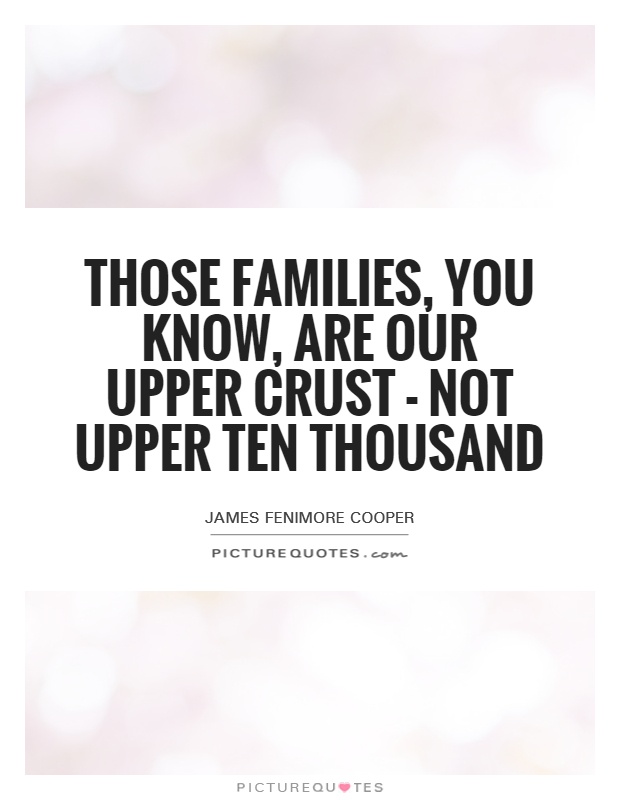
Those families, you know, are our upper crust - not upper ten thousand
In the world of James Fenimore Cooper's novels, particularly in his most famous works such as "The Last of the Mohicans" and "The Deerslayer," the concept of social class and hierarchy plays a significant role in shaping the characters and their interactions. Cooper's portrayal of the upper crust of society, often referred to as the "upper ten thousand," reflects the complexities and contradictions of American society during the early 19th century.The phrase "Those families, you know, are our upper crust - not upper ten thousand" encapsulates the nuanced social structure that Cooper explores in his novels. While the upper crust of society is typically associated with the wealthiest and most powerful families, Cooper's characters often challenge this conventional understanding. Instead of focusing solely on material wealth and social status, Cooper delves into the moral and ethical qualities that define true nobility.
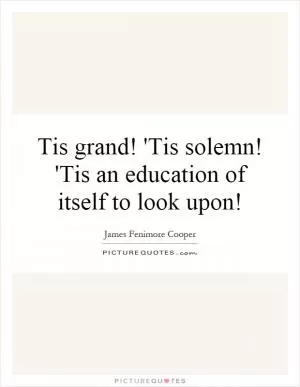
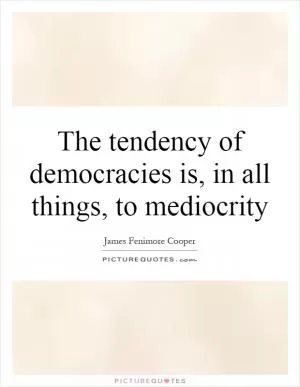
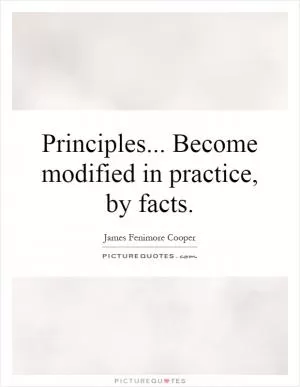
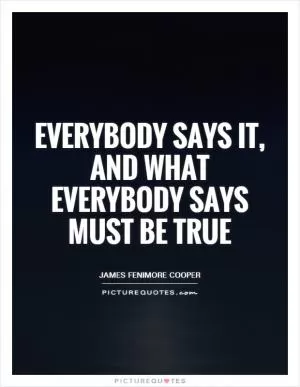

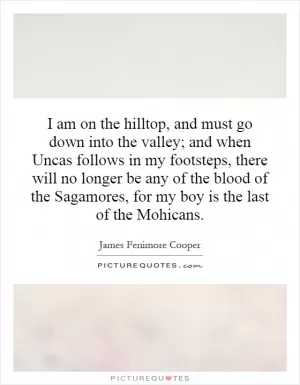
 Friendship Quotes
Friendship Quotes Love Quotes
Love Quotes Life Quotes
Life Quotes Funny Quotes
Funny Quotes Motivational Quotes
Motivational Quotes Inspirational Quotes
Inspirational Quotes